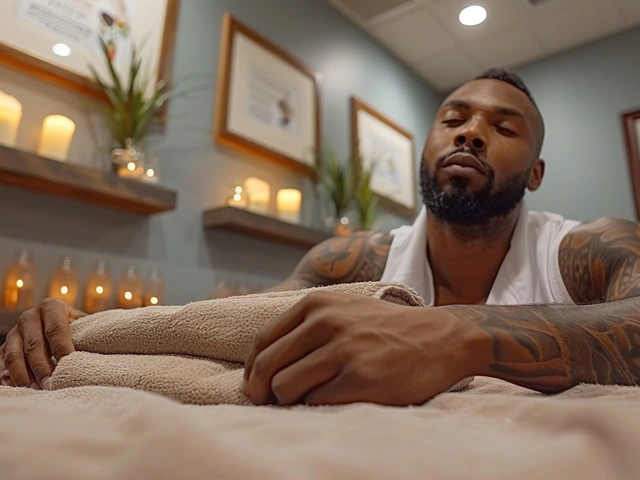Cupping Therapy: What It Is and How It Helps
Cupping therapy uses suction cups on the skin to pull tissue upward. It’s been used for centuries in many cultures and shows up in modern massage and wellness rooms. People try cupping for tight muscles, stubborn pain, and to speed up recovery after workouts. The marks can look dramatic, but they’re usually harmless and fade in a few days.
Types of cupping and how they differ
There are a few common methods you’ll see in clinics and spas. Dry cupping places cups on the skin and leaves them for a few minutes. Fire cupping uses a brief flame to create suction before placing the cup. Wet cupping (often called hijama) includes a tiny, controlled skin cut to draw out a small amount of blood; it’s more invasive and needs strict hygiene. Silicone or modern pump cups give adjustable suction and are easy to move for a sliding cupping massage. Each method feels different and suits different goals.
Pick a method based on what you want: dry or silicone cups for easing muscle tightness and boosting circulation, sliding cups to combine with massage, and only consider wet cupping if you want that specific approach and are with a trained medical practitioner.
What to expect during a session
Your therapist will explain the process and check your health history. Skin is usually cleaned and may be oiled for sliding cups. Cups stay for 5–15 minutes depending on the area and your comfort. You might feel light pulling, warmth, or a dull ache. After cups come off you may feel relaxed or a bit tired. Marks range from pale red to dark purple depending on suction and tissue response; they don’t always mean anything serious.
If the therapist uses wet cupping, expect numbing options, strict sterilization, and post-care instructions. Always ask about consent and what to do if you feel dizzy or uncomfortable during treatment.
How often? For muscle pain, 1–4 sessions spaced a week or two apart is common. For maintenance or athletic recovery, some people use cupping monthly. Let your body guide you and avoid overdoing it.
Safety and aftercare are simple. Keep the area clean, avoid hot baths or heavy exercise for 24 hours, and use gentle moisturizers if the skin feels dry. Watch for signs of infection—rising pain, spreading redness, or pus—and contact your therapist or a doctor if you’re concerned.
Choosing a practitioner matters. Look for licensed massage therapists, acupuncturists, or clinicians trained in cupping. Ask about hygiene, how they handle bleeding if they do wet cupping, and whether they carry liability insurance. Read reviews and trust your instincts—if something feels rushed or unsafe, walk away.
Cupping isn’t a miracle fix, but it’s a simple tool that can ease tight muscles, support recovery, and pair well with massage. Try one careful session and notice how your body responds before booking more.
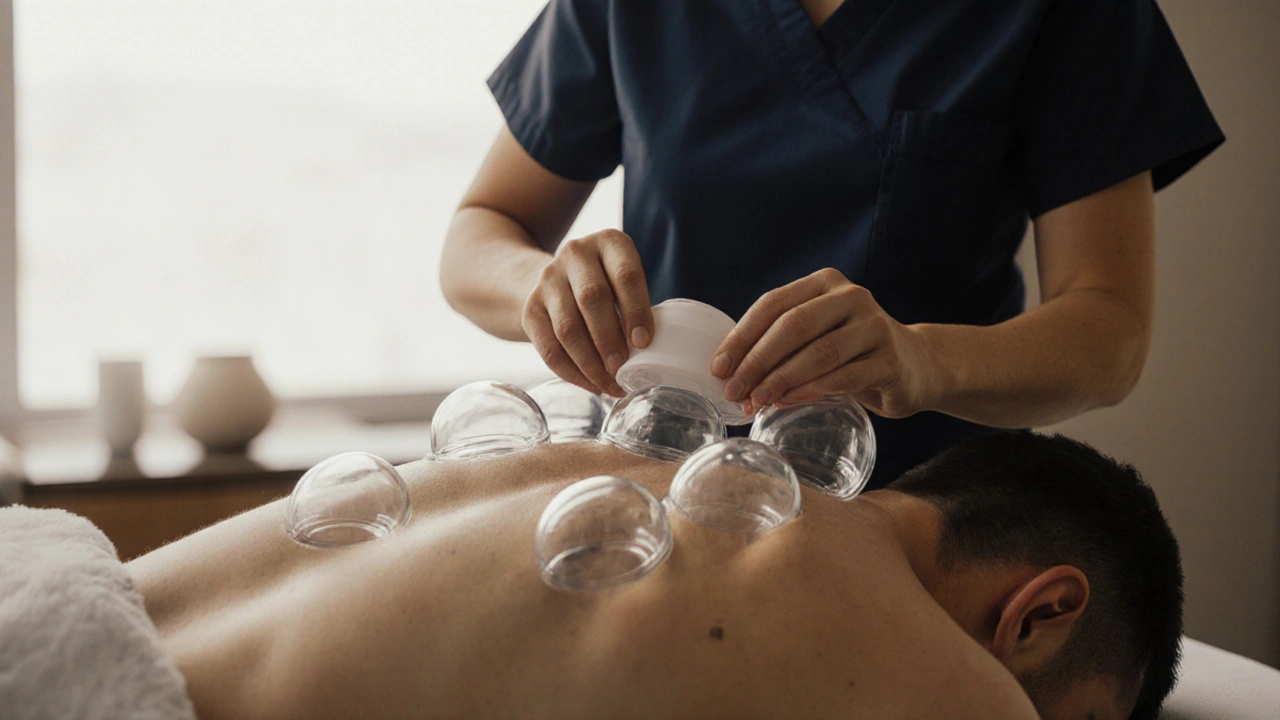
The Science Behind Cupping Therapy: What Research Actually Shows
Cupping therapy uses suction to relieve muscle tension and pain. Research shows it helps with chronic back pain, recovery after exercise, and stiffness. It’s not a detox or miracle cure - but it works as a safe, non-drug tool for many people.
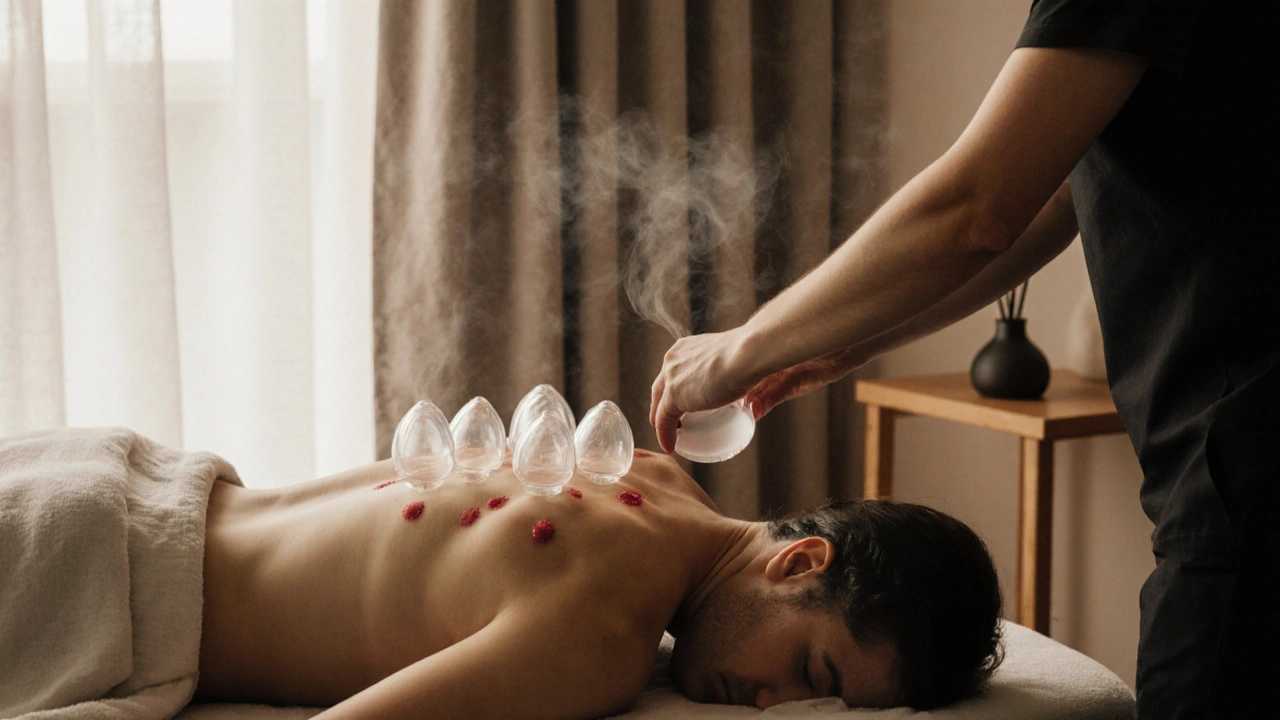
Elevate Your Wellness Journey with Cupping Therapy: How It Works and Who It Helps
Cupping therapy uses suction to relieve muscle tension, improve circulation, and reduce chronic pain. Learn how it works, who benefits most, and how to find a qualified practitioner for safe, effective results.
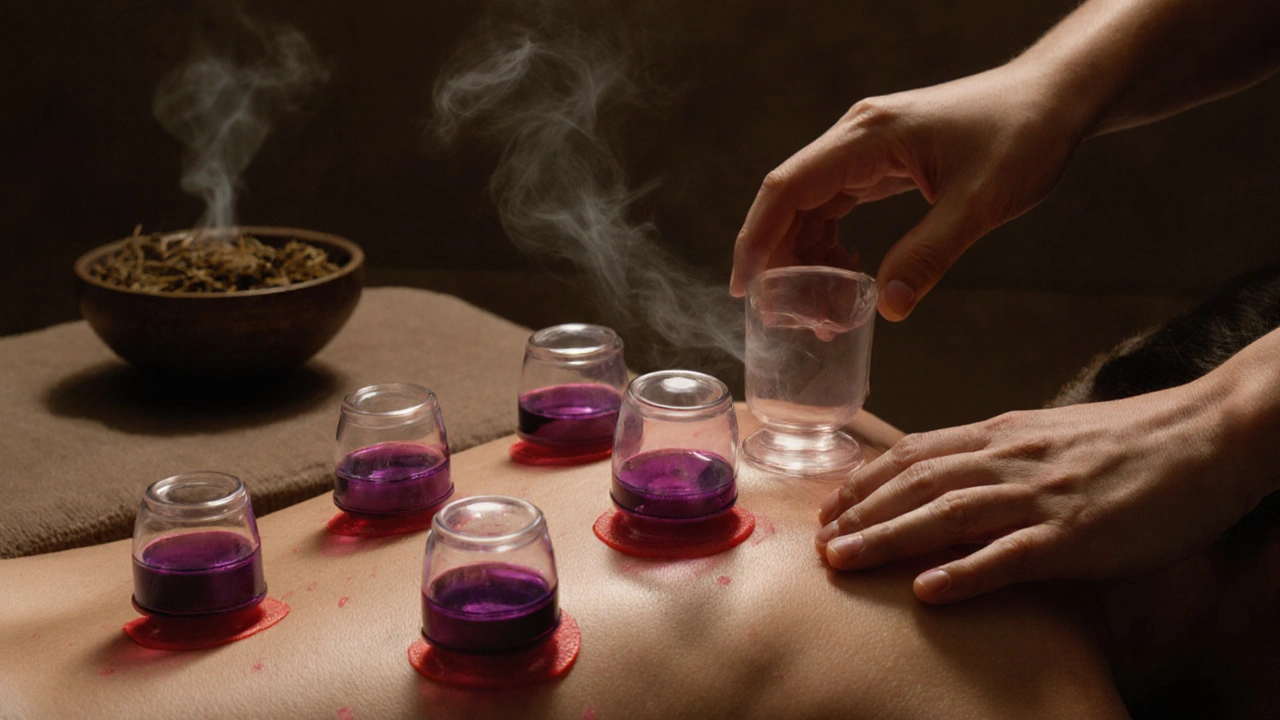
How Cupping Therapy Can Improve Your Wellbeing
Cupping therapy uses suction to improve circulation, reduce muscle tension, and relieve stress. Backed by ancient practice and modern research, it helps with pain, recovery, and overall wellbeing - naturally.

Cupping Therapy: Is This Wellness Trend Worth Trying for Real Results?
Cupping therapy has become a hot topic in wellness, but does it live up to the hype? This article explains how cupping actually works, what you might expect during a session, and who could benefit from it. Rodney breaks down real tips from experience, considerations before trying it, and what science really says about those famous round marks. If you're curious about whether cupping therapy is more than just a fad, you'll find the honest answers here. No fluff—just what you need to know if you're thinking about trying cupping for your own aches or stress.

Cupping Therapy: A Comprehensive Guide
Cupping therapy has been making waves in the wellness world, promising benefits from pain relief to relaxation. This guide demystifies the age-old practice, exploring its history, how it works, and what you should know before jumping in. Whether you're seeking a natural way to relieve pain or just curious about alternative therapies, we'll provide insights into cupping's practical applications and potential benefits. No need to be intimidated—discover whether cupping is right for you.

Cupping Therapy: Relieve Pain Naturally
Cupping therapy, an ancient form of alternative medicine, offers a natural solution for pain relief by using suction to enhance blood flow and promote healing. This method, known for its distinctive circular marks, is gaining popularity for its potential to alleviate muscle tension and improve overall health. Whether you're dealing with chronic pain or looking for a holistic approach to wellness, cupping therapy could be worth exploring. In this article, we'll unravel the mysteries of this ancient practice and provide practical tips on how it might benefit you.
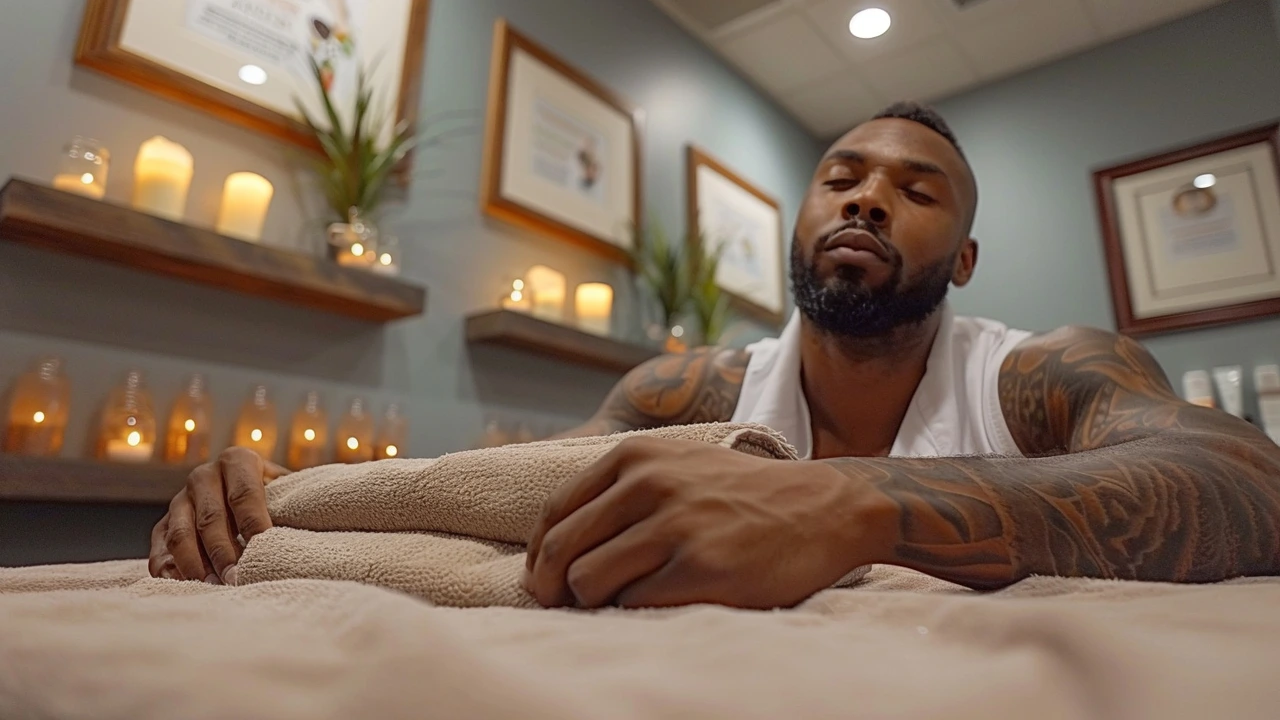
Enhance Your Wellness Journey with Cupping Therapy
Cupping therapy is an ancient practice offering numerous benefits for physical and mental well-being. Discover the history, benefits, and tips for incorporating cupping into your wellness routine. Learn how this holistic approach can boost your health and help manage ailments naturally.
Categories
- Health and Wellness (148)
- Alternative Therapies (86)
- Massage Therapy (40)
- Travel and Culture (15)
- Beauty and Skincare (9)
- Holistic Health (8)
- Health and Fitness (5)
- Spirituality (5)
- Other (2)
- Personal Development (2)



